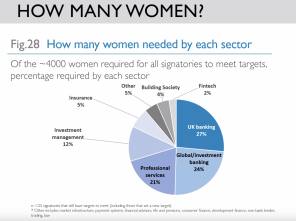The racial wealth gap exists; this is patently clear. But what are the reasons behind it, and how can the financial services industry help to close this gap?
According to a report by Runnymede Trust in April, Black and minority ethnic people in Britain face extensive and persistent economic inequality, brought on by unequal access to the housing market, the fact that recent migrants are less likely to inherit savings or homes, and experiences and outcomes in the labour market.
One of the biggest factors behind the wealth gap is the pay gap.
Some groups have lower employment rates and wages, meaning they are less likely to build up savings and assets compared to Caucasian British people.
A report published by the Office of National Statistics last year found that pay disparities in 2018 were more significant for Pakistani, Bangladeshi and Black groups, who on average earned less than Caucasian British employees by a margin of 16.9 per cent, 20.2 per cent and 9.2 per cent respectively.

At all levels and stages, there needs to be more discussion and debate around salary bandings and better transparency.--Davinia Tomlinson
The disparities were less so for Indian and Chinese groups, who earned more than Caucasian British employees in 2018 by 12 per cent and 30.9 per cent, respectively.
Once other characteristics such as education and occupation are taken into account, the pay gap narrows. However, some significant gaps still remain – particularly for those born outside of the UK.
Within financial services, there is not enough data to accurately gauge the racial pay gap, but pressure is mounting on companies to release their figures. nsurance company Zurich, the Chartered Insurance Institute, and the Financial Conduct Authority are among the very few financial services organisations to have published their ethnicity pay gaps.
The government, which ran a consultation from October 2018 to January 2019 on Ethnicity Pay Reporting, is currently analysing responses.
Davinia Tomlinson, chief executive and founder of Rainchq, says companies should not wait for the government to force them to publish the data.
She adds: “At all levels and stages, there needs to be more discussion and debate around salary bandings and better transparency, so we can see if there are any institutional biases that mean certain groups, by gender or ethnicity, are being unfairly penalised because of the impact on their life prospects and later-life prospects.
“The ethnicity pay gap remains shrouded under a veil of secrecy by many organisations. As long as they remain silent and do not report, and frustrate attempts to report or to document publicly the gap that exists, certain ethnicities will always struggle.”











